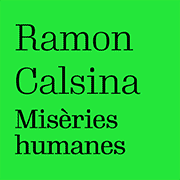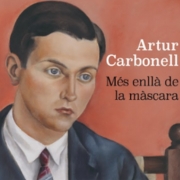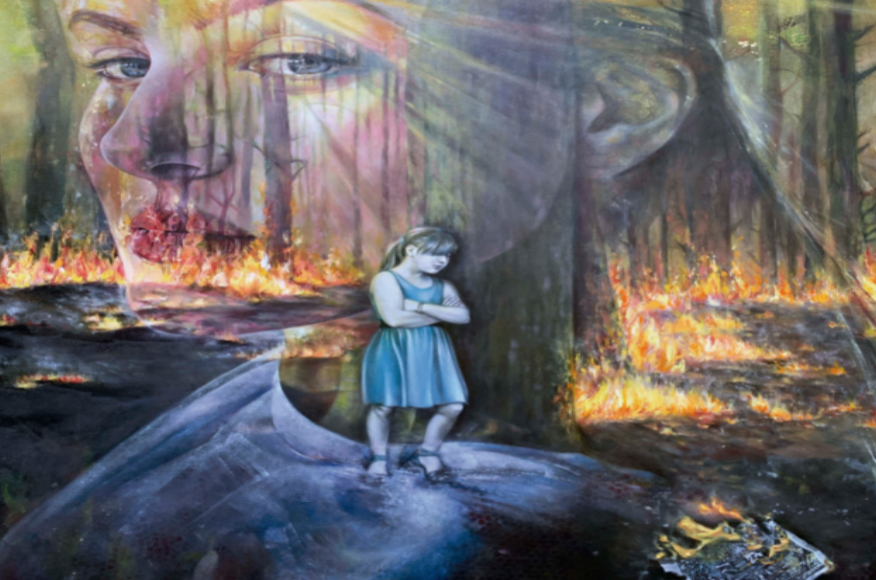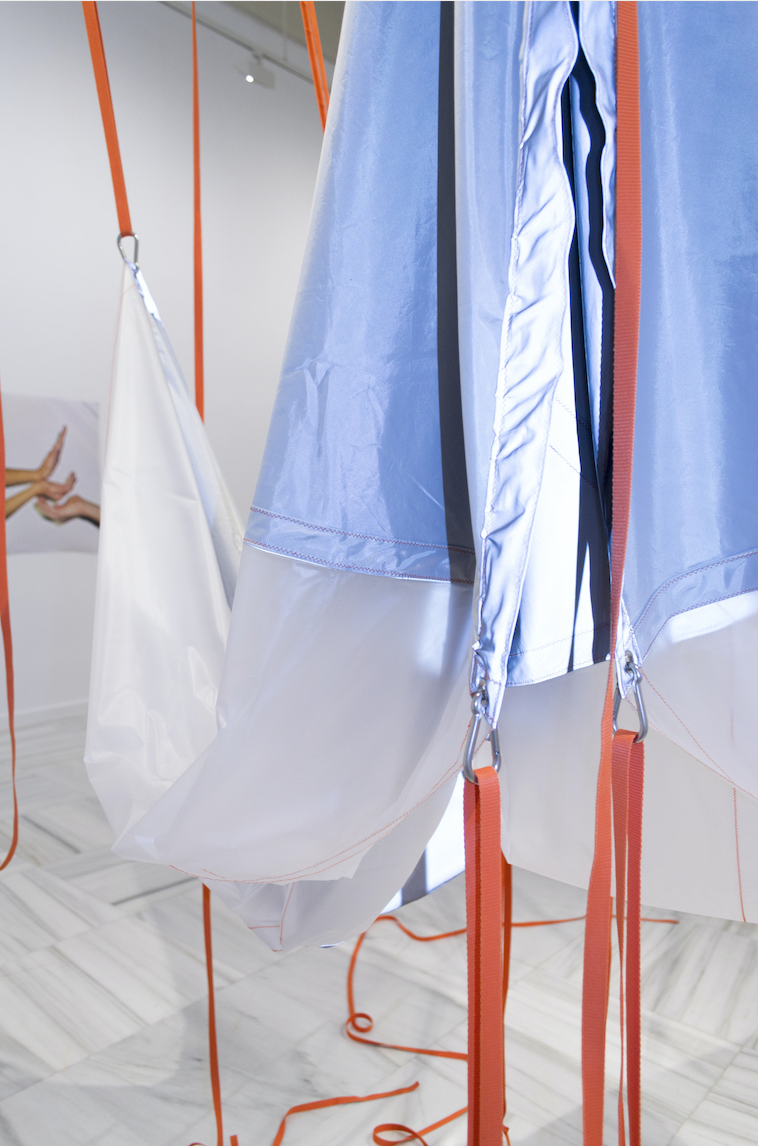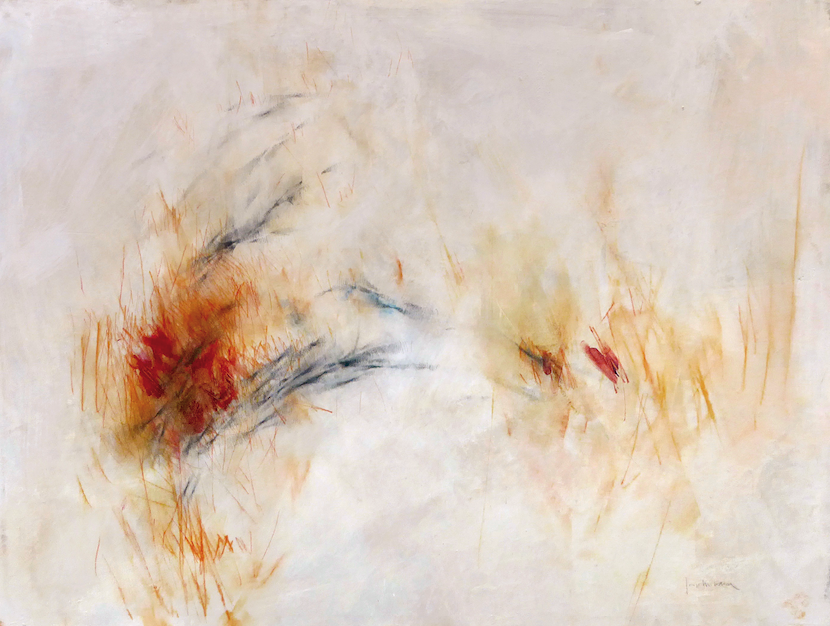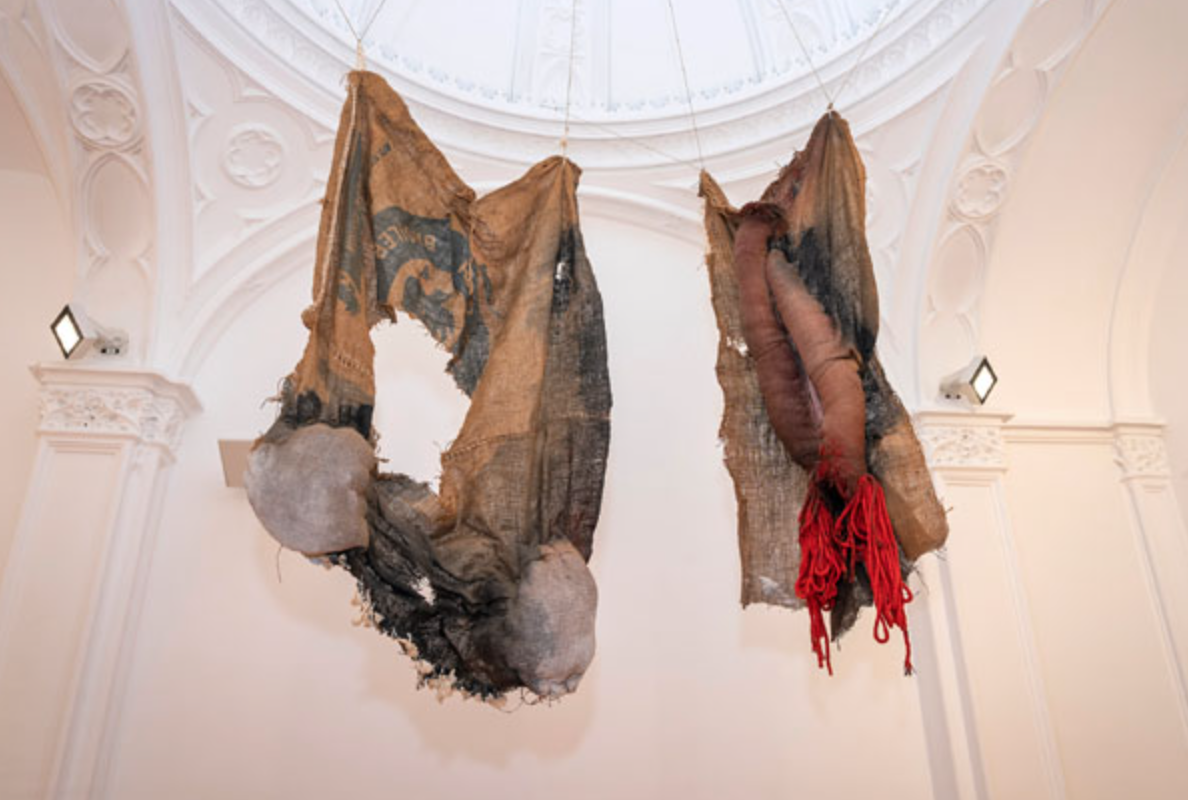Exhibitions
The CCCB reflects on how to read Sade in the age of Me Too in "Sade. Freedom or Evil"
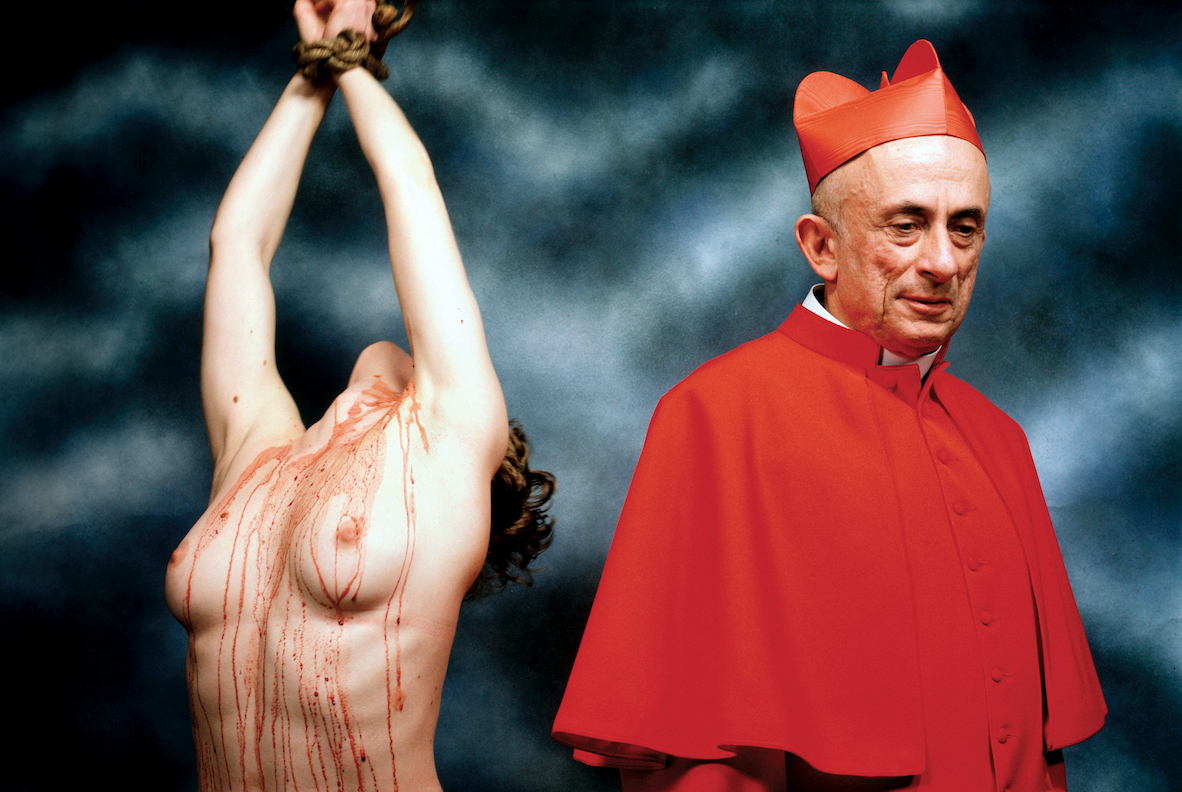
The CCCB presents Sade. Freedom or evil, an exhibition that explores the aesthetic, philosophical and political legacy of the libertarian writer Donatien Alphonse François de Sade in contemporary culture. The exhibition, which can be visited until October 15, 2023, is curated by Alyce Mahon, professor of Modern and Contemporary Art History, and Antonio Monegal, professor of Literary Theory and Comparative Literature.
The Marquis of Sade (Donatien Alphonse François de Sade 1740-1814), considered an excessive and contradictory figure and at the same time an aristocrat and heir to the Ancien Regime, has been seen throughout history as a revolutionary and liberator by some and as a pernicious and corrupting to others. It has often also caused the dilemma of whether to read him as a philosopher can be interpreted seriously or as a novelist who constructs extreme fantasies.
Throughout his life, Sade suffered repression, imprisonment and censorship and narrowly escaped the guillotine. He was imprisoned for twenty-seven years, persecuted and punished for his sexual tendencies, his political and moral positions and his writings. His main ambition was to be recognized as a man of letters, which is why he devoted part of his time to writing. These texts have subsequently been welcomed by new generations of writers and artists as a transgressive philosophy with a revolutionary message.
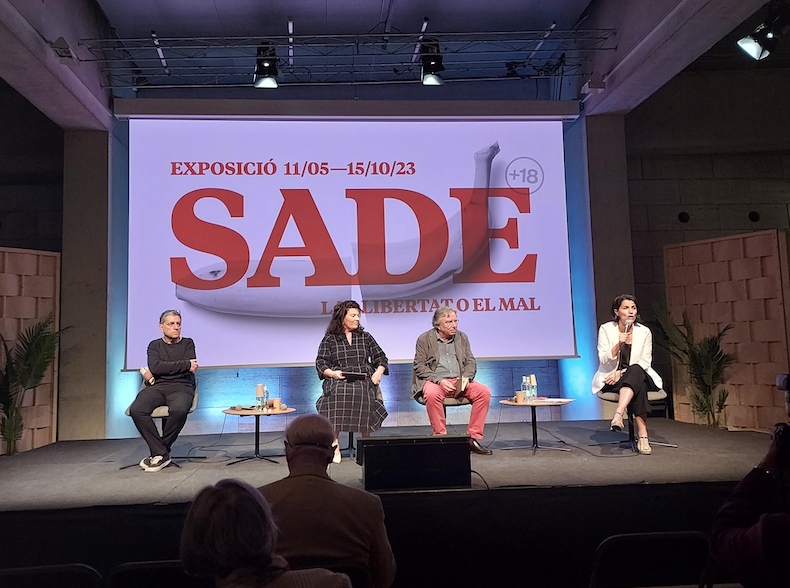
Diverse views on his legacy
The exhibition presents different ways of reading Sade's legacy. From the impact his controversial writings have had on artists and intellectuals to how he became a cultural icon with a presence in mass culture. The abundant cultural output that directly or indirectly refers to Sade is a symptom of the fascination, discomfort and ambivalence that his ideas provoked in the 20th century, of their subversive potential and the extent to which his writings still resonate today. day.
The exhibition invites us to review stereotypes, such as those associated with the term sadism, and to reflect on how Sade can cause shock and scandal, on the one hand, and be hailed as the personification of boundless freedom, on the other.
"He has the side of what we would now call 'sexual predators' but also one that is less known, related to the empowerment of his female characters; of the equality between the sexual desire of men and women, between libertines and libertines as he said. Sufficiently so as to be vindicated by feminists like Angela Carter," states the curator of the exhibition.
The exhibition features documentation of historical performances by Jean Benoît and Jean-Jac¬ques Lebel, photographic projects by Marcelo Brodsky, Robert Mapplethorpe, Pierre Molinier and Susan Meiselas, as well as examples from literature, film and comics , and videos of interviews with philosophers and researchers. Installations by artists such as Laia Abril, Paul Chan, Shu Lea Cheang, Teresa Margolles, Joan Morey and Kara Walker coexist in the exhibition with new productions by Joan Fontcuberta and Domestic Data Streamers, with references to the scenic works of Angélica Liddell, Albert Serra and Candela Capitán, and with the filming of a fragment of the play Le retour de Sade, by Bernard Noël, directed by Guillem Sánchez Garcia and performed by Clàudia Abellán and Joel Cojal.
'Sade. Freedom or evil' is divided into four thematic areas: transgressive passions, perverse passions, criminal passions and political passions.



